1. Poor Soil Quality
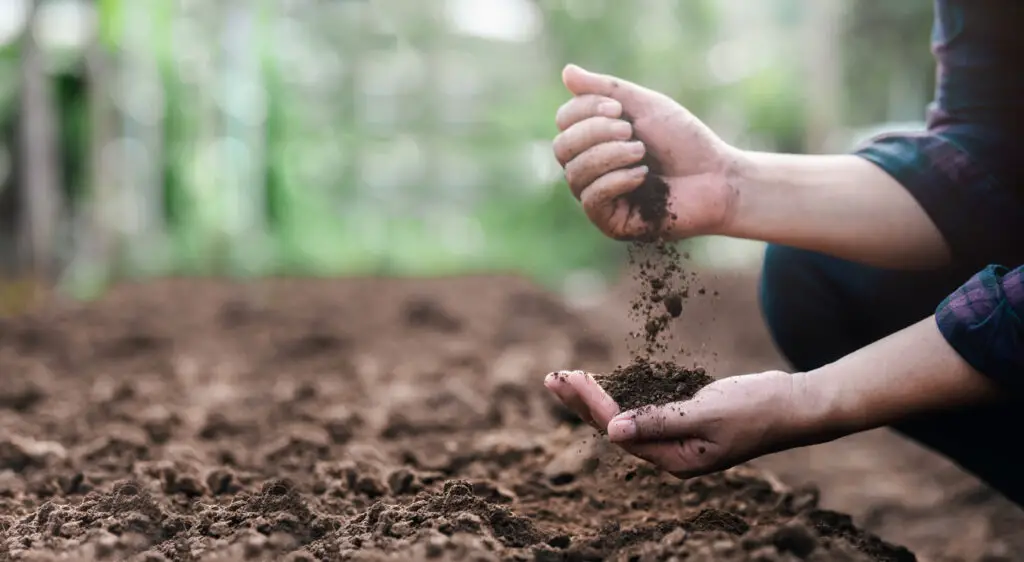
Perennials thrive in nutrient-rich, well-draining soil. If your soil is too compacted, lacks nutrients, or doesn’t drain properly, your plants will struggle. To improve soil quality, mix in compost or organic matter to enhance drainage and provide essential nutrients.
2. Overwatering
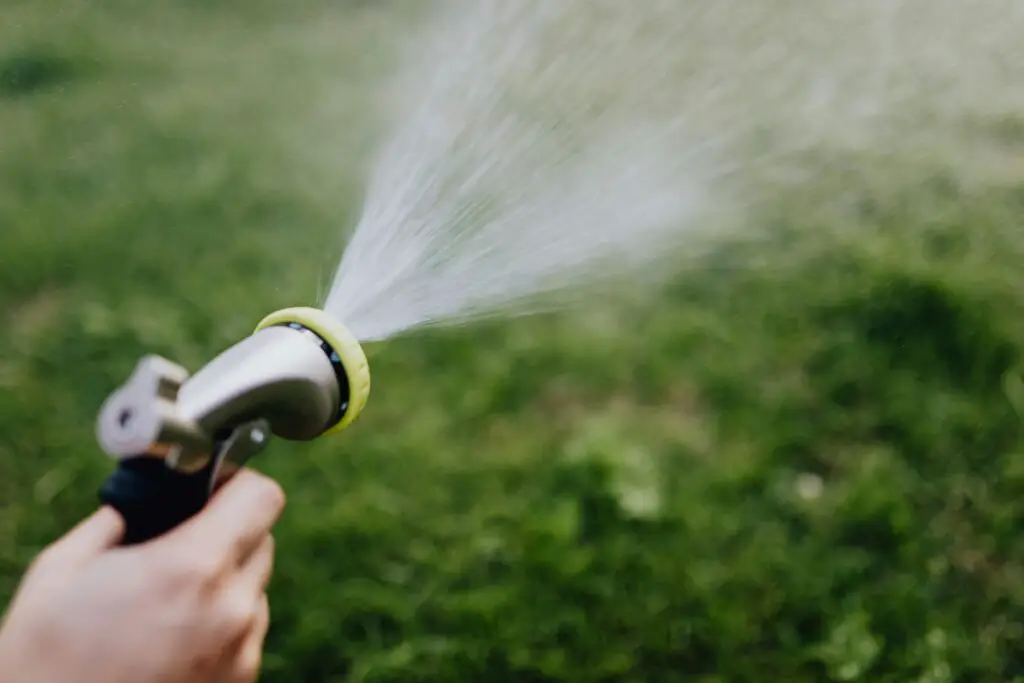
Too much water can suffocate the roots of your perennials, leading to rot and ultimately killing the plant. Make sure your soil is well-draining and avoid watering until the top inch of soil feels dry. Consider using a soaker hose to provide a steady, controlled amount of water.
3. Underwatering

Just as overwatering can kill your plants, so can a lack of water. Many perennials need consistent moisture, especially when they’re newly planted. Water deeply at the base of the plants, particularly during hot, dry spells, to ensure roots get the hydration they need.
4. Improper Sunlight

Different perennials require different levels of sunlight. Placing a sun-loving plant in the shade or a shade-loving plant in full sun can lead to stress and poor growth. Research each plant’s sunlight needs and consider relocating them to spots where they’ll receive the right light.
5. Incorrect Planting Depth
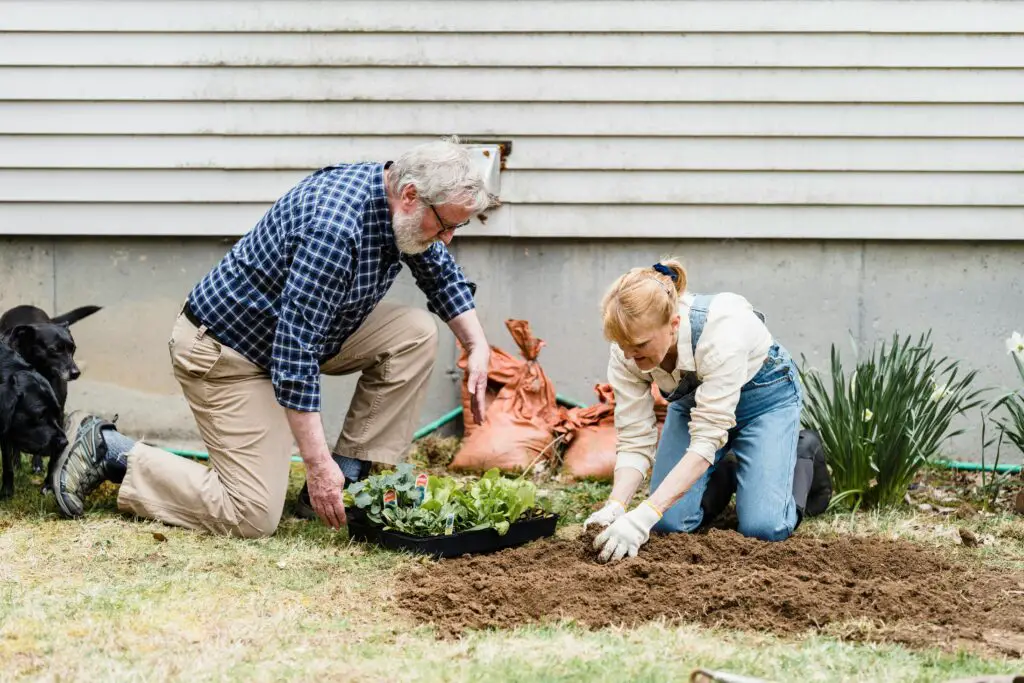
Planting perennials too deeply can suffocate roots, while planting too shallowly can expose them to the elements. Make sure to plant perennials at the same depth as they were in their nursery pots. For best results, follow specific planting instructions for each type.
6. Pest Infestations
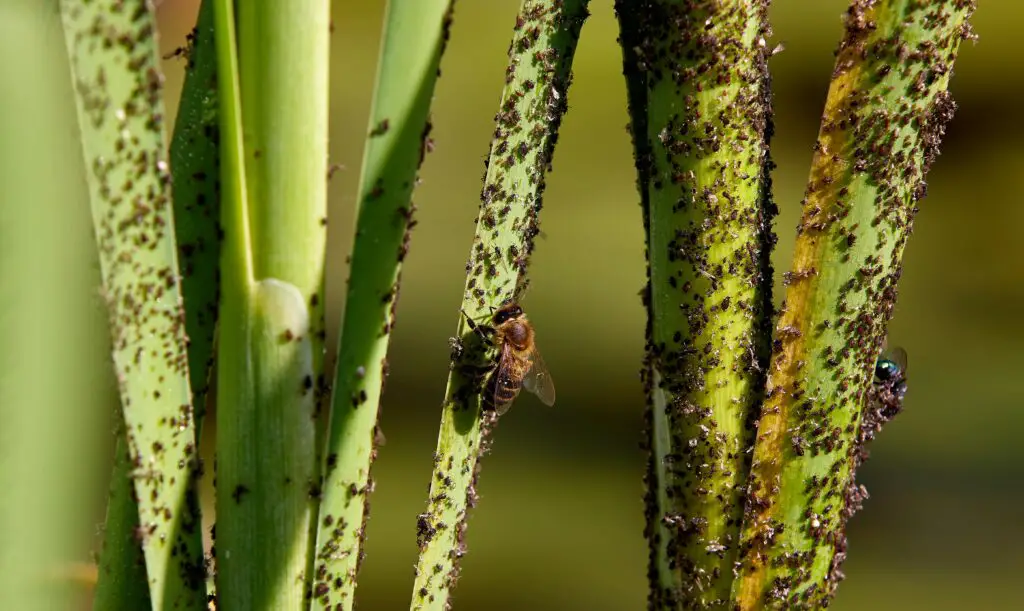
Pests such as aphids, slugs, and beetles can wreak havoc on perennials, damaging leaves, stems, and roots. Check plants regularly for pests and use natural remedies like neem oil or introduce beneficial insects like ladybugs to keep pest populations in check.
7. Fungal Diseases
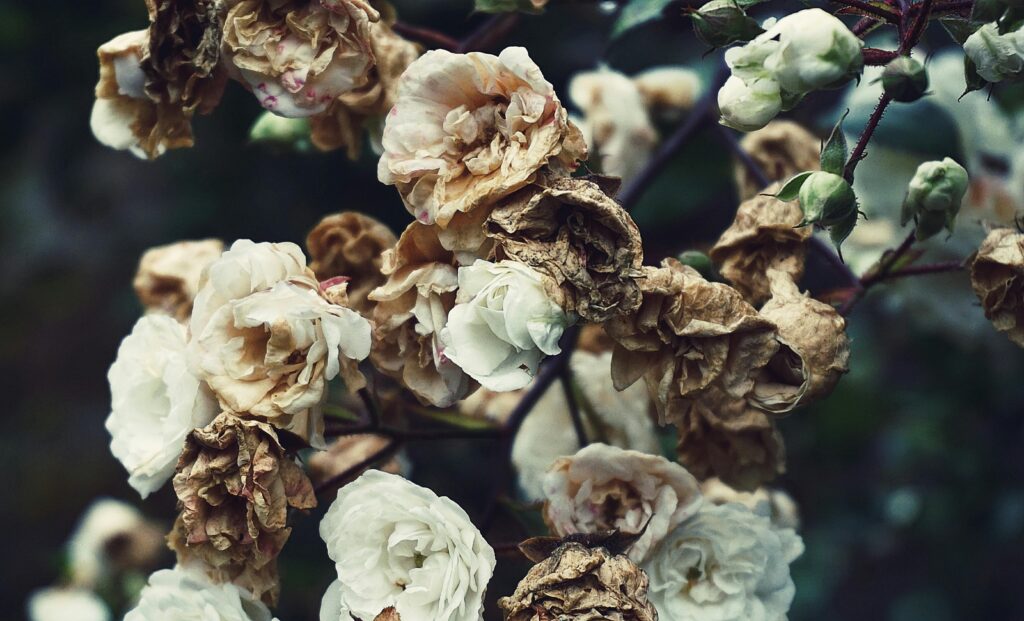
Fungal issues, like powdery mildew or root rot, can cause perennials to wither and die. To prevent these diseases, space plants properly for airflow and avoid overhead watering. If a plant is infected, prune affected areas and consider treating with a natural fungicide.
8. Nutrient Deficiency
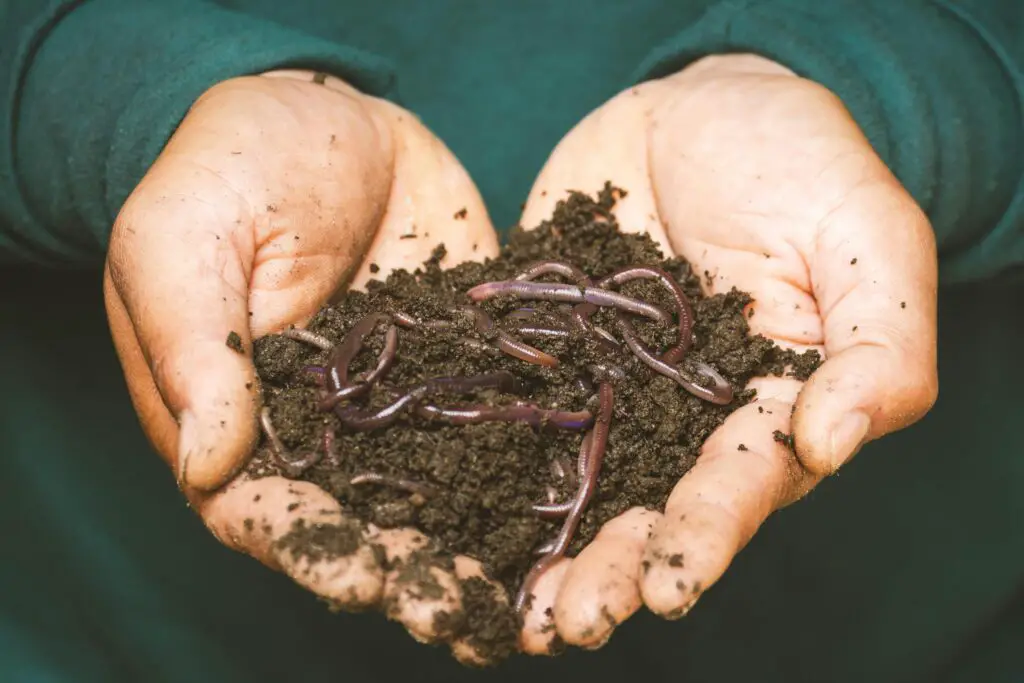
Perennials rely on nutrients such as nitrogen, phosphorus, and potassium to grow strong and healthy. If your plants are yellowing or have stunted growth, they may need a nutrient boost. Add a balanced, slow-release fertilizer in spring and mid-season to help them thrive.
9. Extreme Temperatures
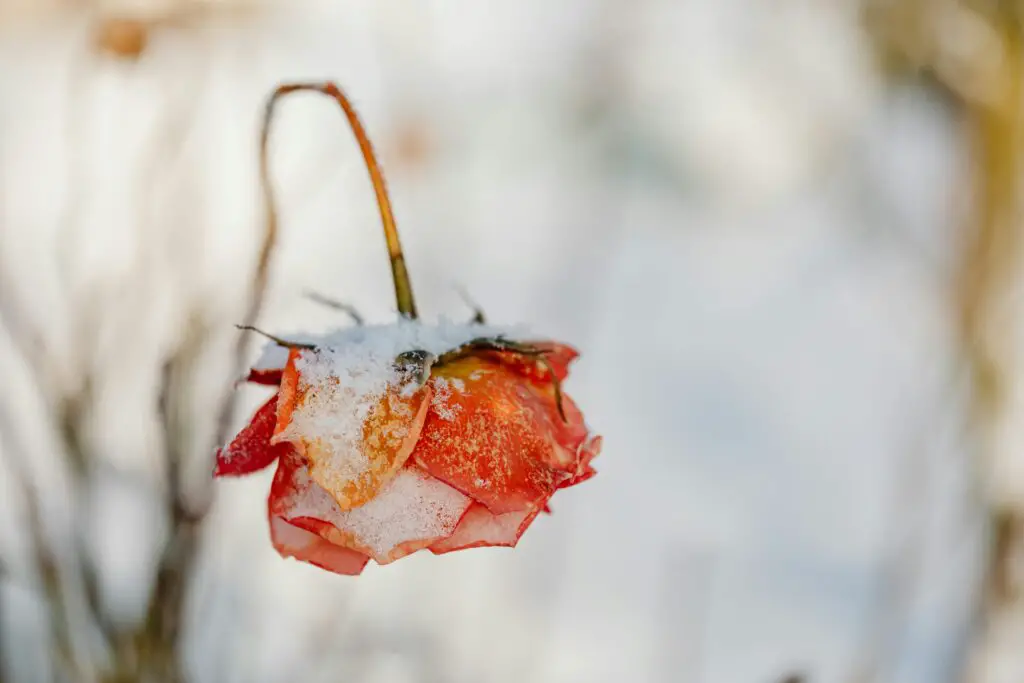
Harsh weather conditions, including frost or extreme heat, can damage perennials. During frost, cover tender plants with frost cloths, and during intense heat, water more frequently and provide partial shade if possible to reduce stress on the plants.
10. Improper Pruning
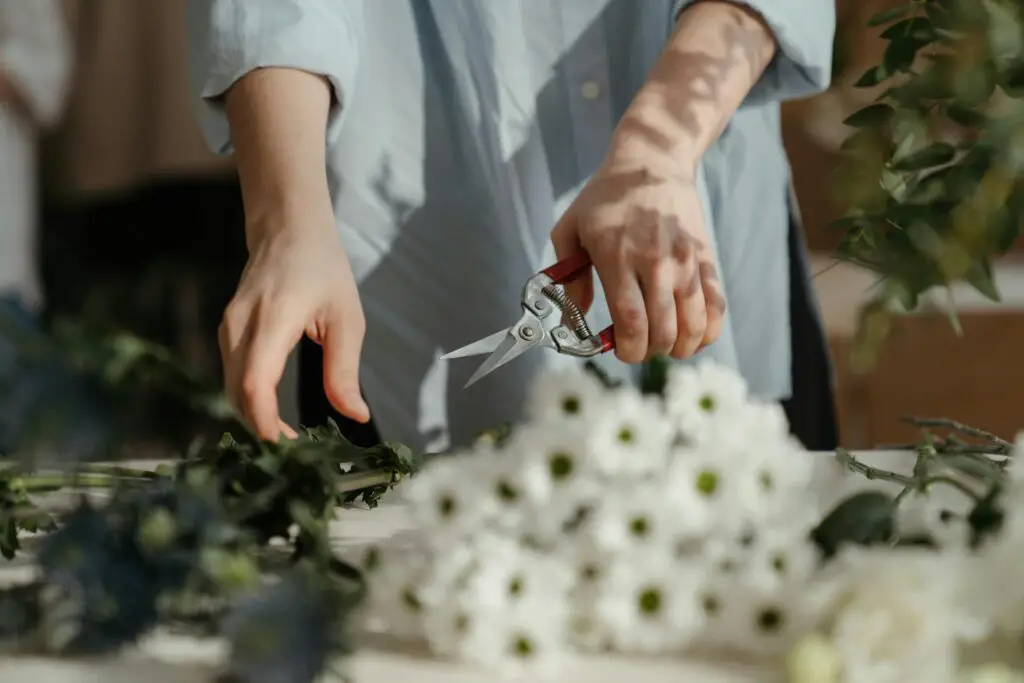
Incorrect pruning can harm perennials by removing essential growth areas or leaving open wounds susceptible to disease. Always prune at the right time for each plant type, typically in early spring or after flowering. Use clean, sharp tools to make precise cuts.
11. Lack of Winter Protection
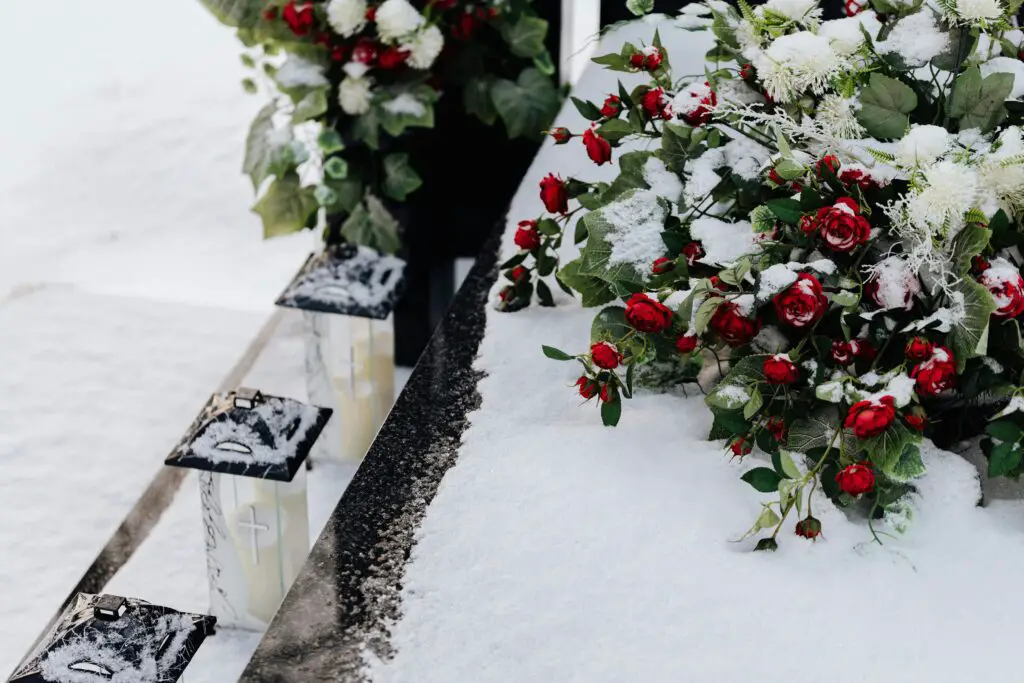
Some perennials need extra care in winter, especially in colder climates. Mulch around the base of the plant to insulate roots and protect them from frost. For delicate varieties, consider covering plants with burlap or moving potted plants indoors.
12. Crowded Plants
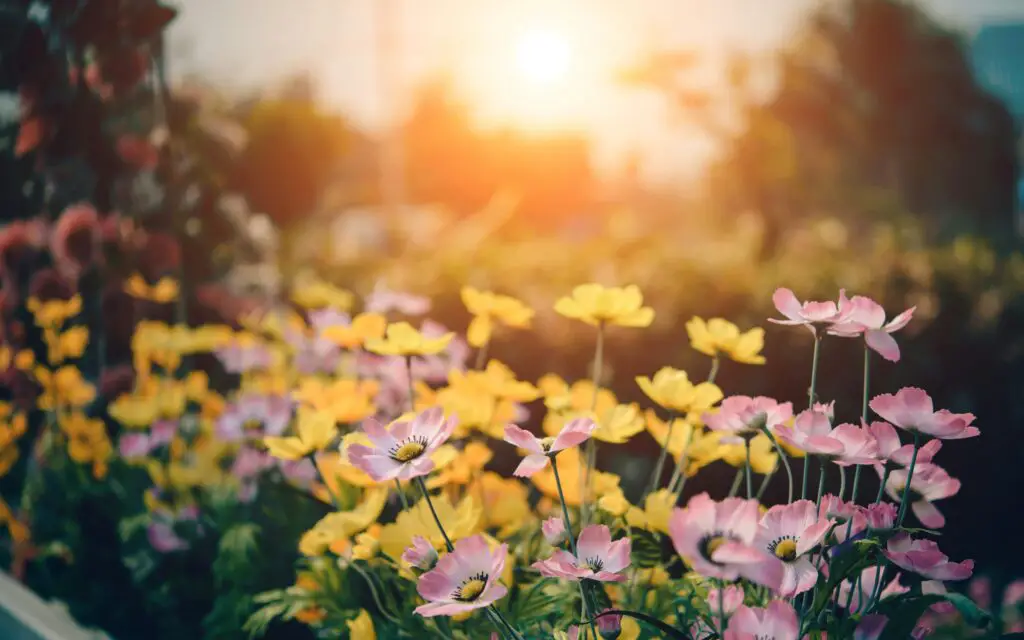
If perennials are too close together, they can compete for resources like sunlight, water, and nutrients, leading to weak growth. Thin out crowded areas by dividing plants or transplanting some to another location, giving each plant enough room to flourish.
13. Weed Competition
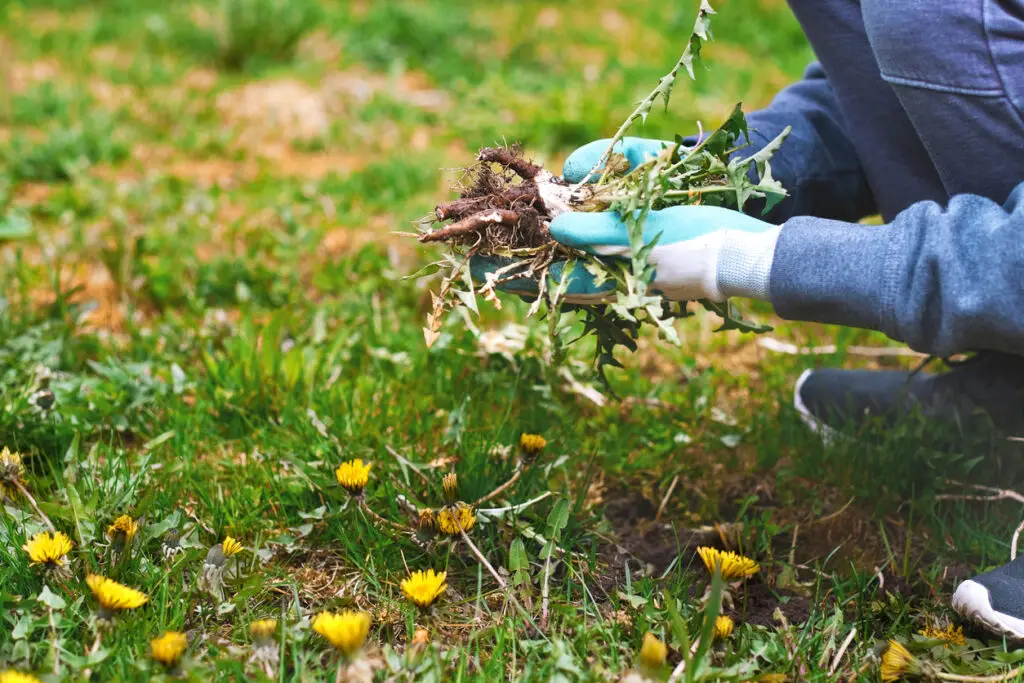
Weeds steal nutrients, water, and light from your perennials, weakening their growth and potentially killing them. Regularly weed around your plants and add a layer of mulch to suppress new weed growth and maintain soil moisture.
14. Old Age
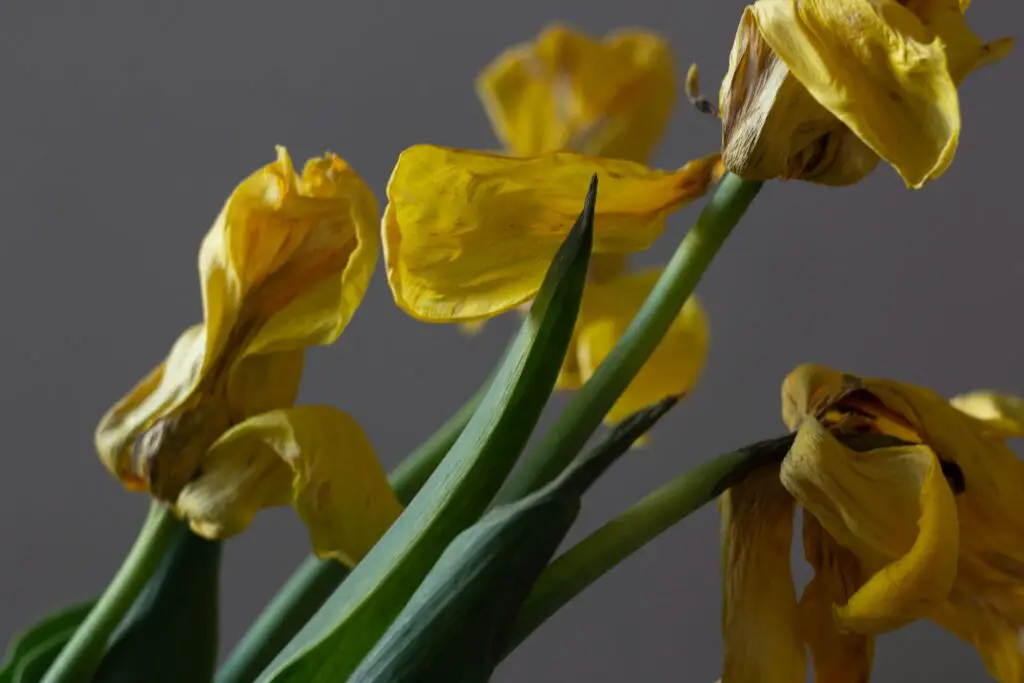
Perennials have a lifespan, and some may start declining after several years. If an older plant is showing signs of decline despite good care, it may be time to replace it. Divide mature plants regularly, as this can extend their life and promote vigorous new growth.
15. Poor Plant Selection
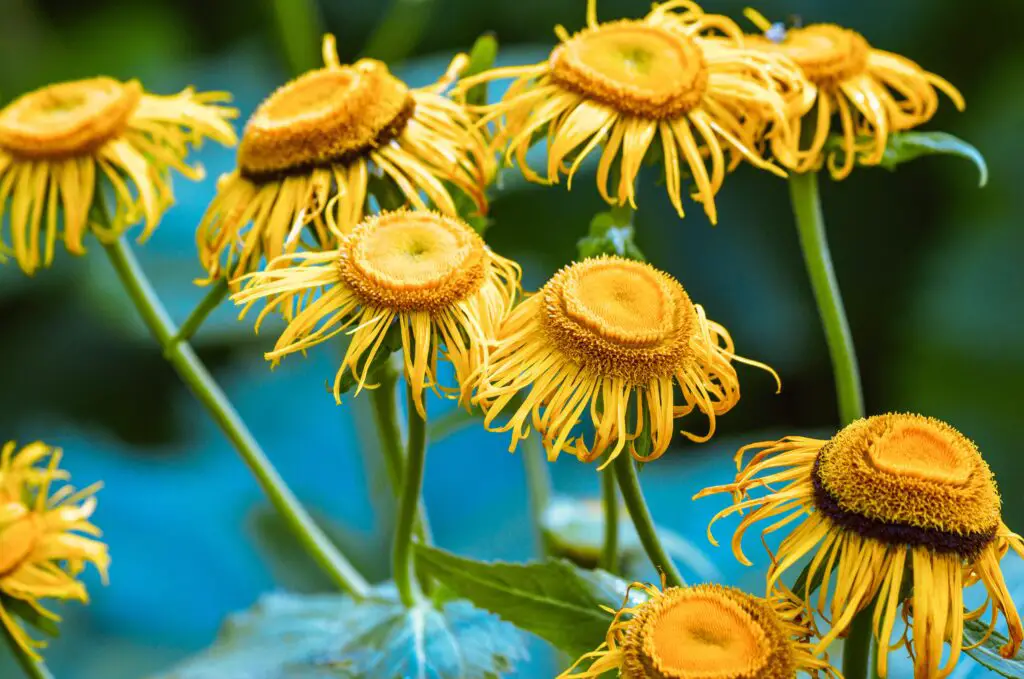
Sometimes, the wrong plant for the wrong climate or soil type is the root issue. If your perennial consistently struggles, it might not be suited for your region’s conditions. Research plants that thrive in your climate and soil type, and select varieties known for resilience in your area.
Each of these tips can help you diagnose and revive struggling perennials, bringing your garden back to full bloom. With the right care, your plants can thrive year after year!
